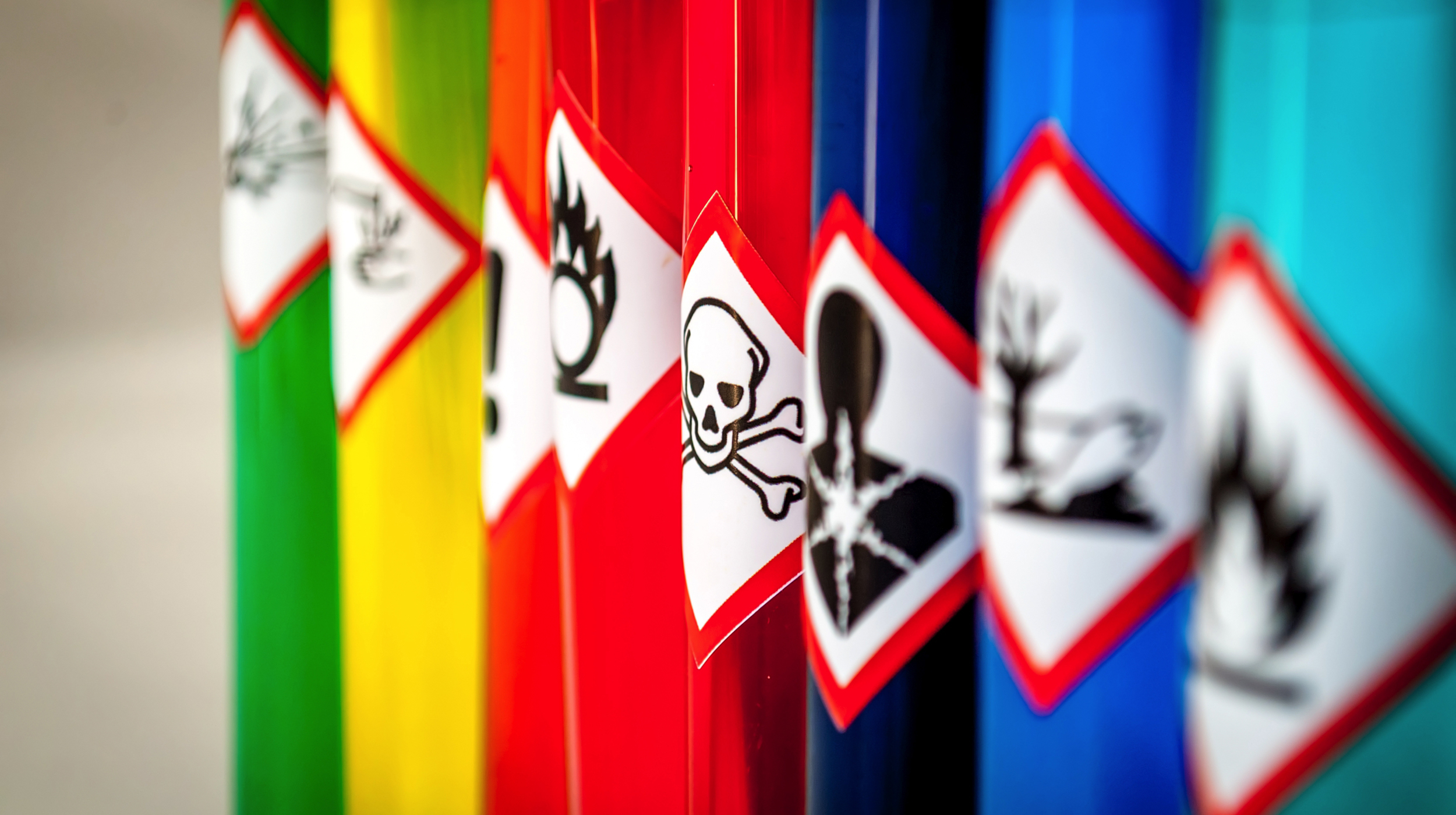EMERGING CONTAMINANTS
Per- and polyfluoroalkyl substances (PFAS) are a large group of fluorine-containing compounds that are now widely established internationally (including Australia) as posing a human health and environmental risk. There are over 3,000 individual PFAS substances, with perfluorooctanesulfonate (PFOS) and perfluorooctanoic acid (PFOA) being the most well studied.
PFOS and PFOA have emerged as chemicals of concern due to (a) their inclusion on the Stockholm Convention of Persistent Organic Pollutants (POPs), of which Australia is a signatory, and (b) their widespread occurrence in the environment and humans due primarily to the use of fire fighting foams (referred to as aqueous film forming foam or AFFF) and in consumer products such as water-repellent outdoor clothing, stain-repellent carpets and grease-proof food wrappers. They are a challenging problem due to their persistence, ability to spread through the environment, their likely adverse impacts on human and ecological health and the reputational impacts they pose to industry and government entities
BlueSphere has considerable expertise in the assessment of PFAS within the environment, having undertaken detailed PFAS investigation of soil and groundwater at several high profile sites within Australia.
BlueSphere is highly familiar with the rapidly changing and evolving set of policies, guidelines, recommendations and regulatory criteria in this field.
BlueSphere is also currently investigating the use of emerging organic contaminants (EOCs) such as pharmaceuticals and personal care products (PPCPs), artificial sweeteners and pesticides as novel groundwater co-tracers. These serve to distinguish between multiple contamination sources in urban, peri-urban or intensively cultivated agricultural areas, where multiple potential sources make the identification of the source of pollution (and hence who is responsible for it) difficult.



